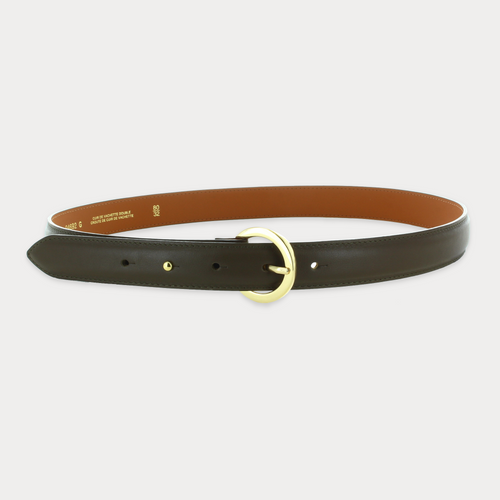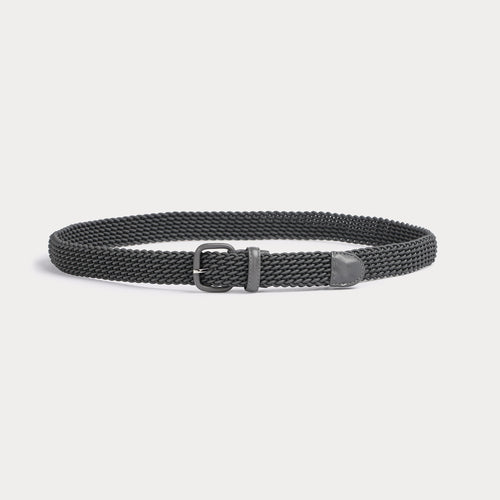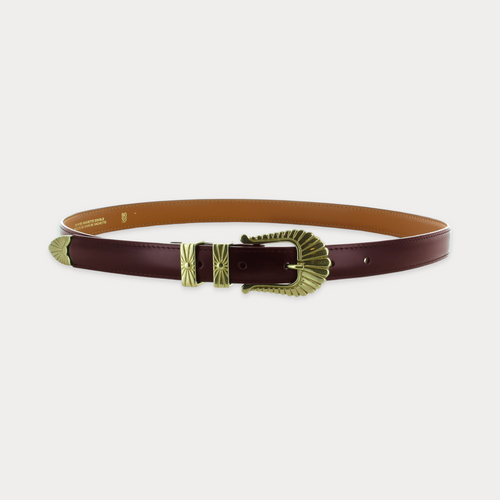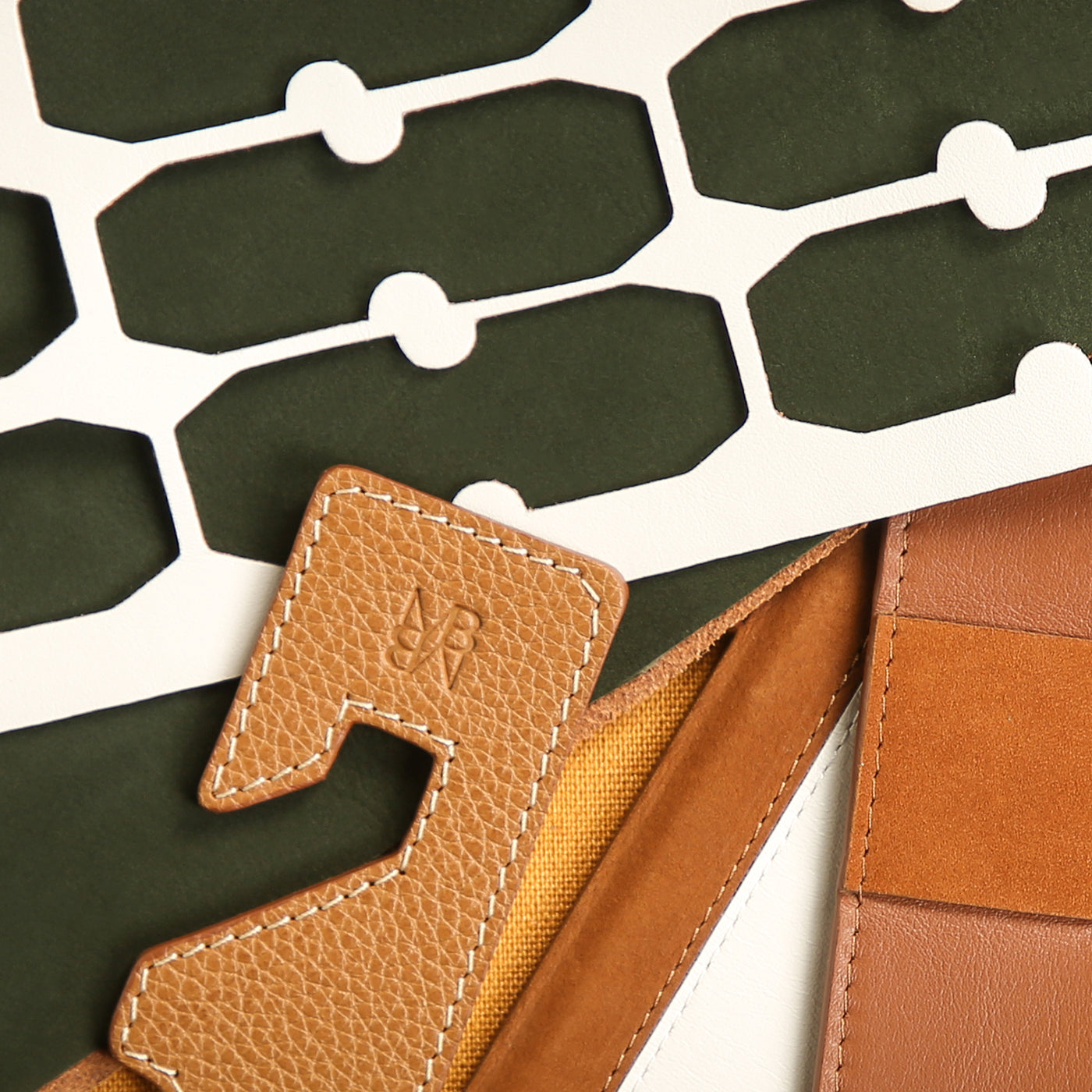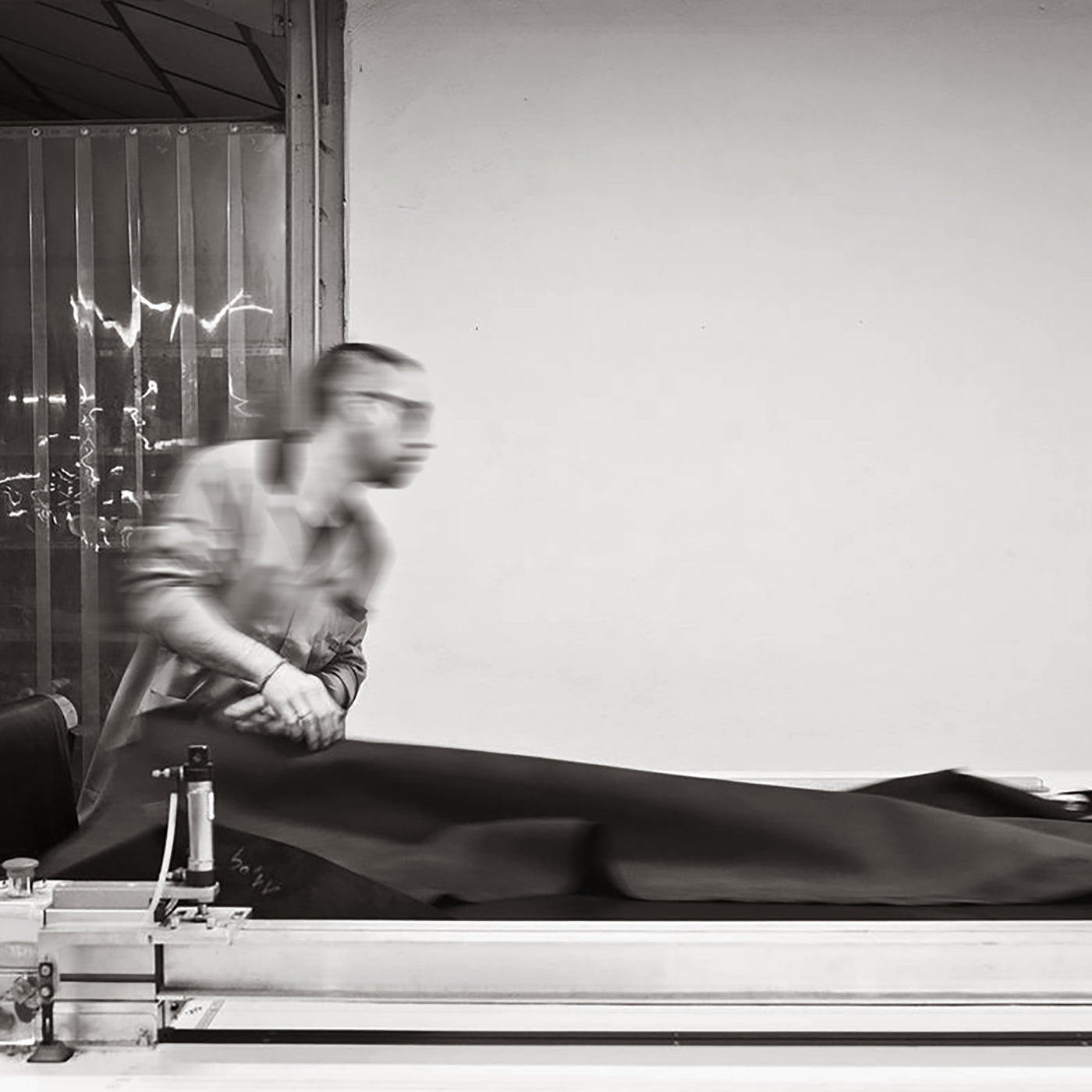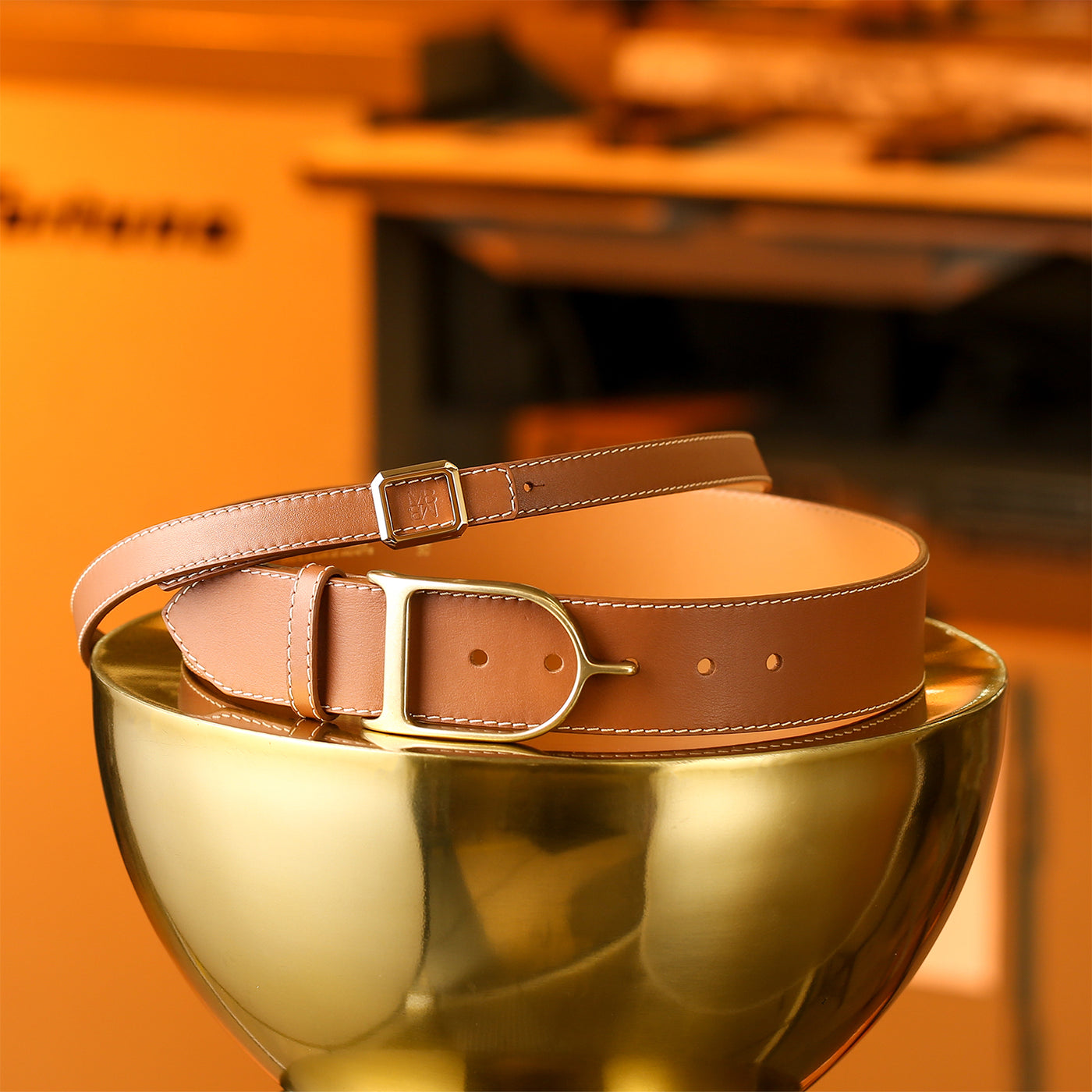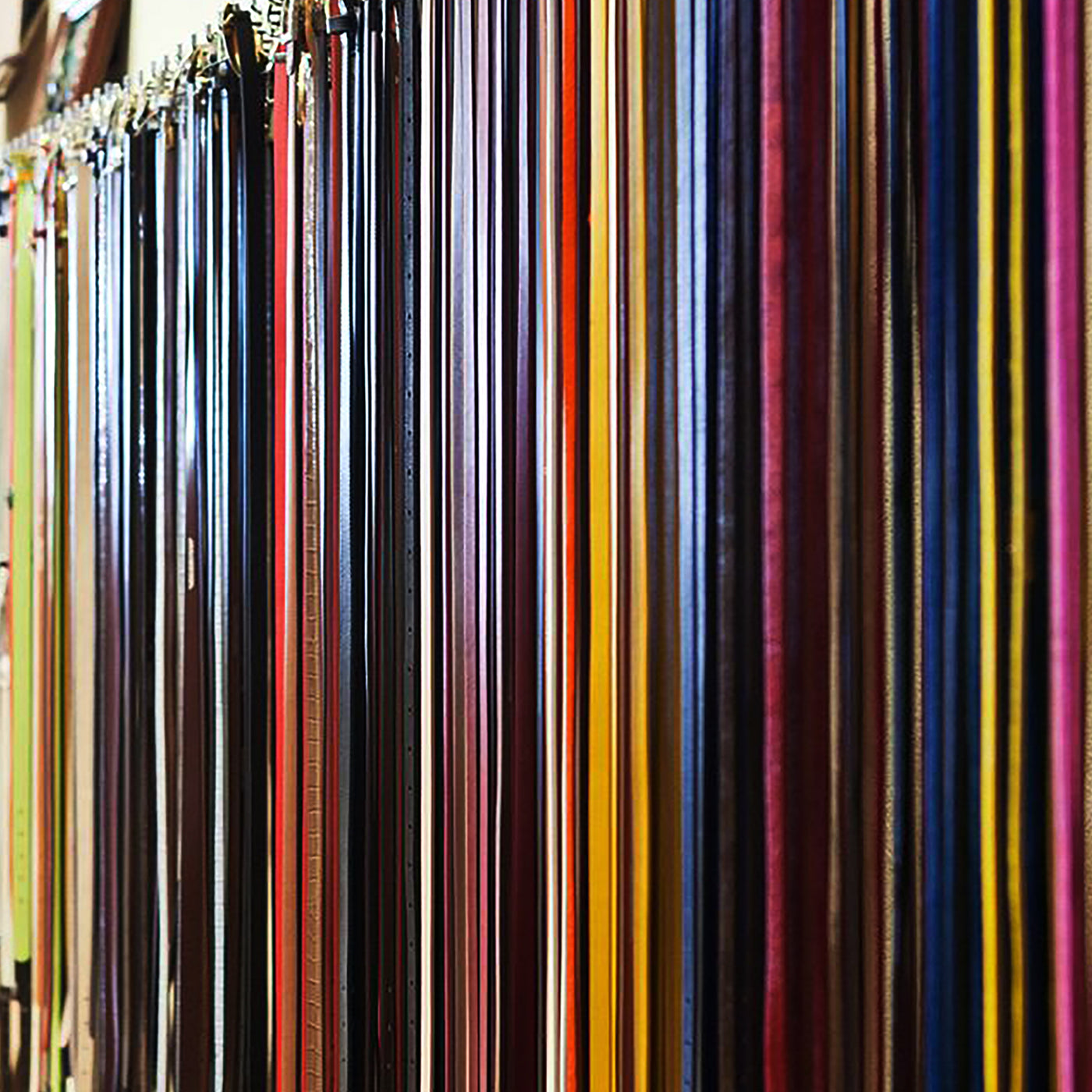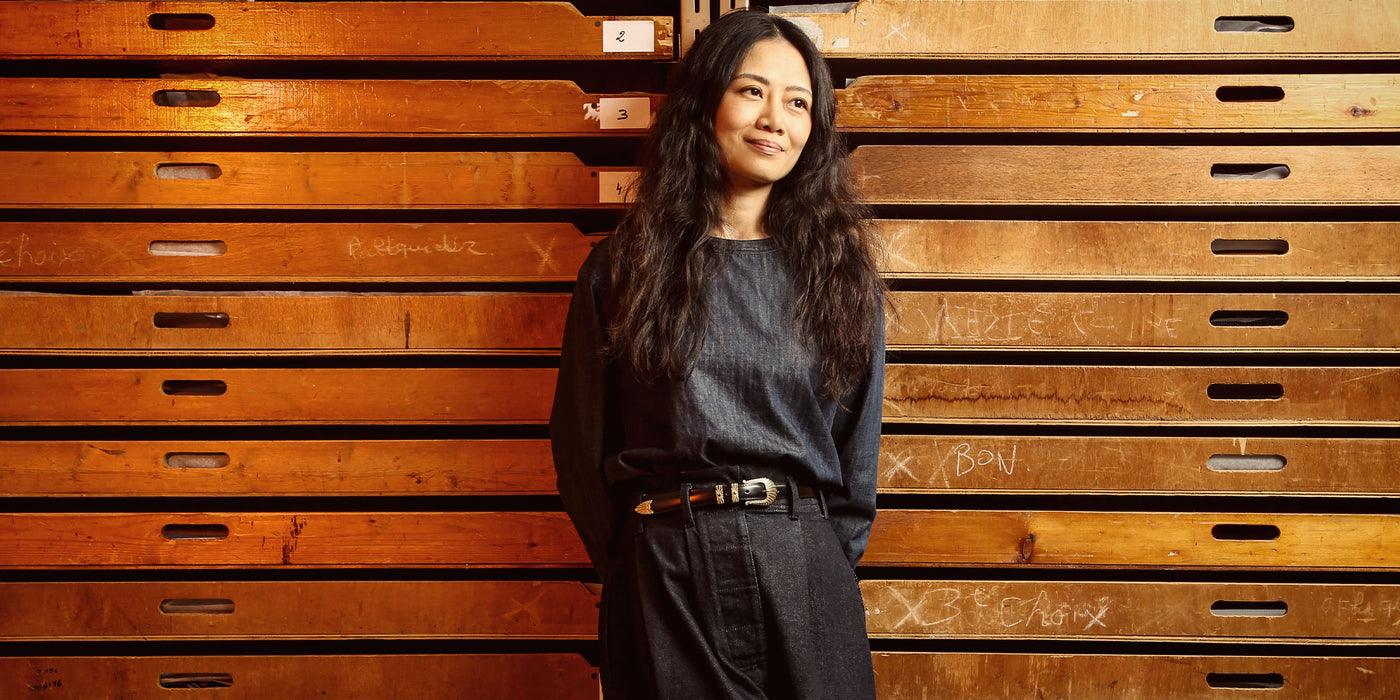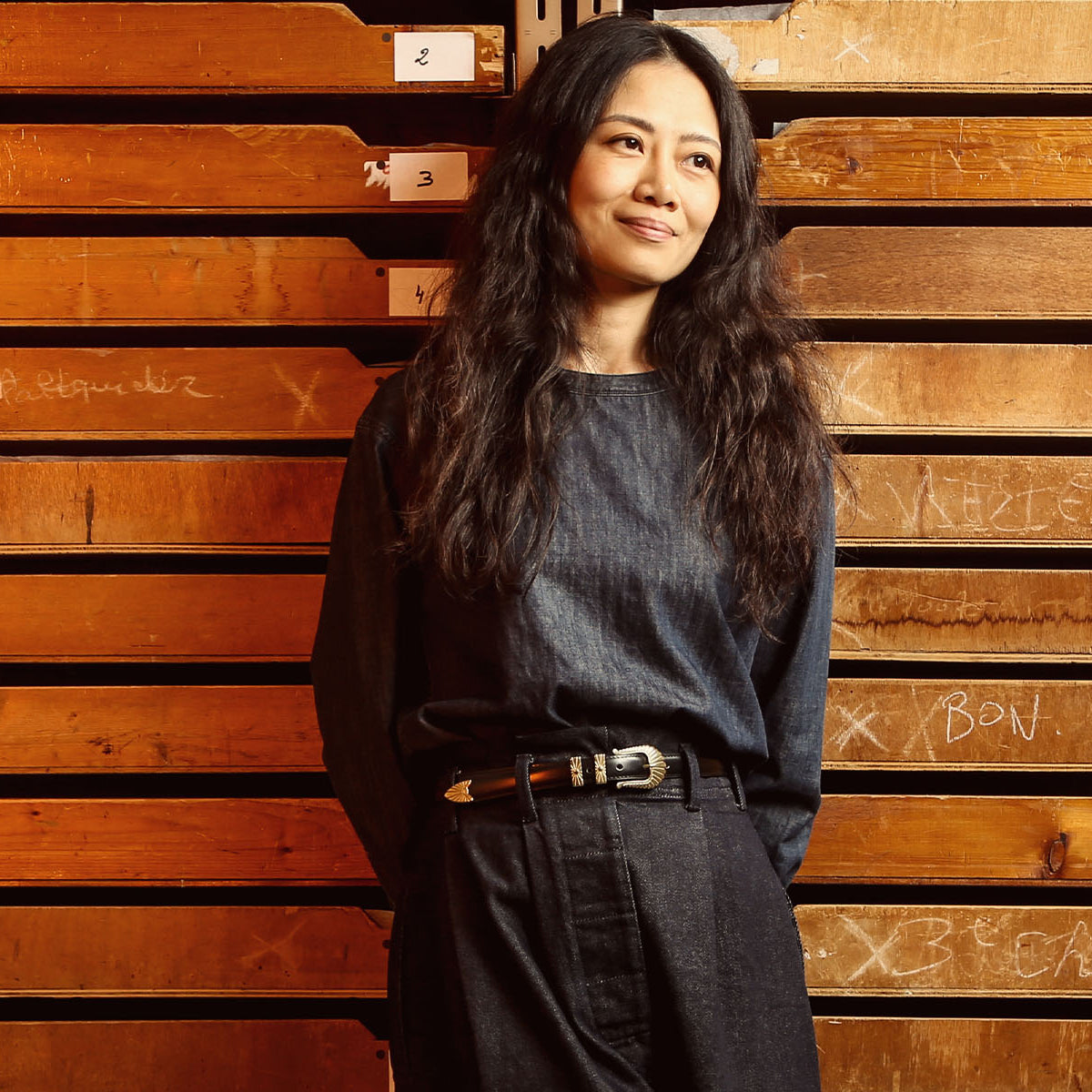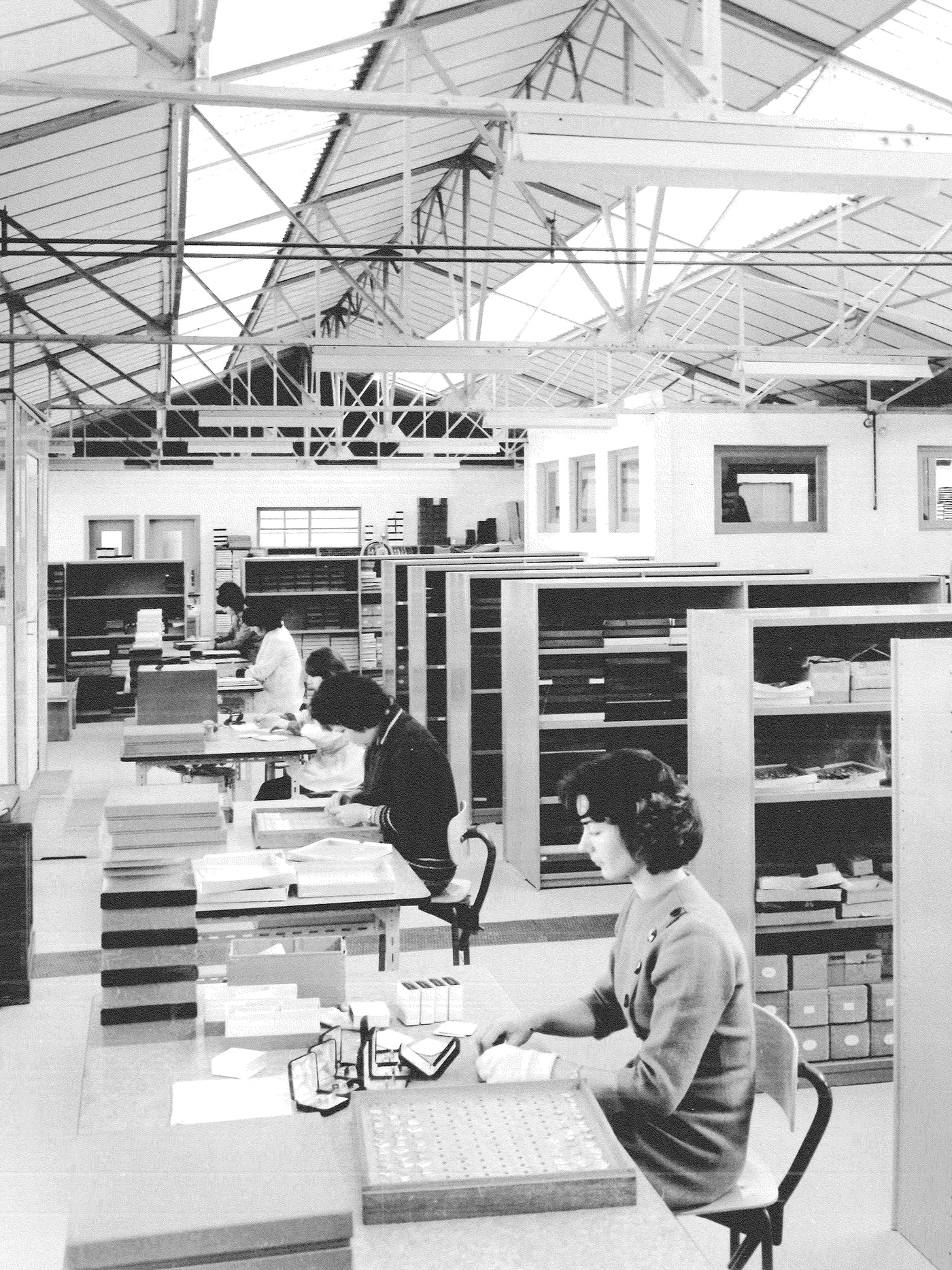
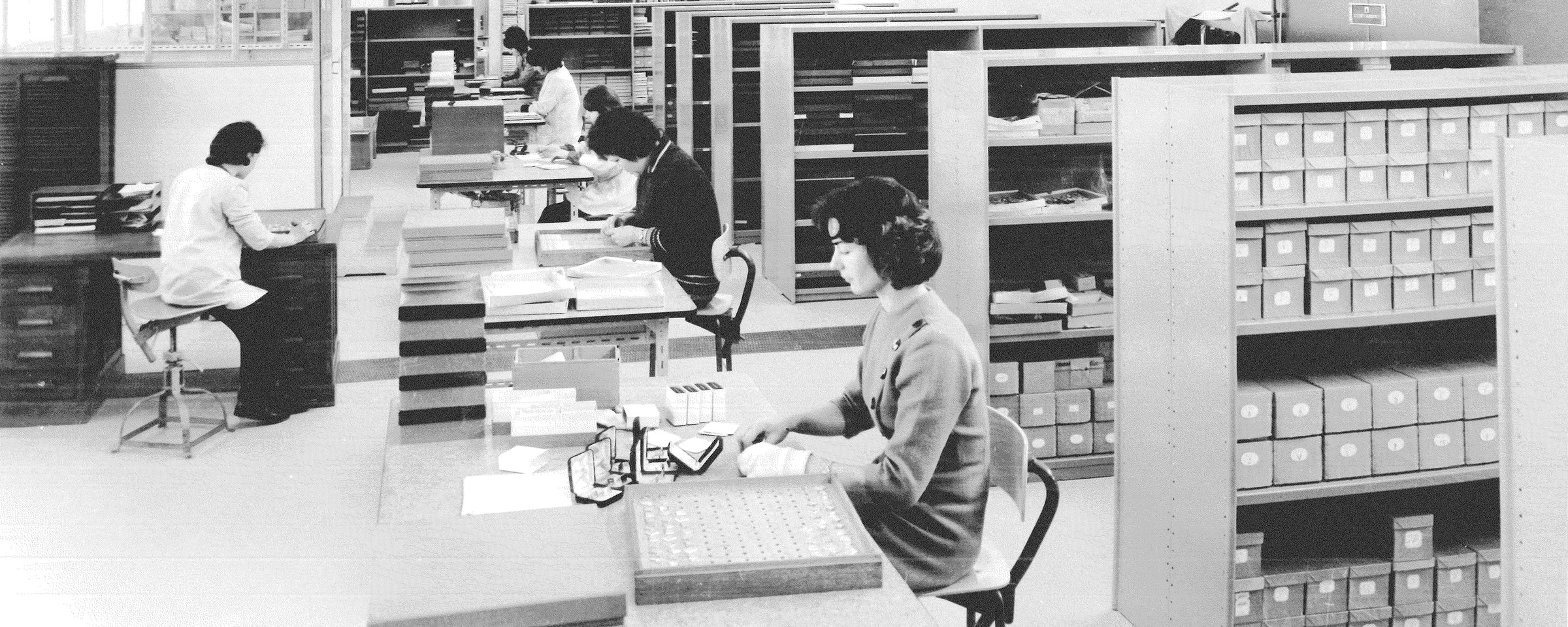
The histories of Maison Boinet and fashion have been intrinsically linked since 1858.
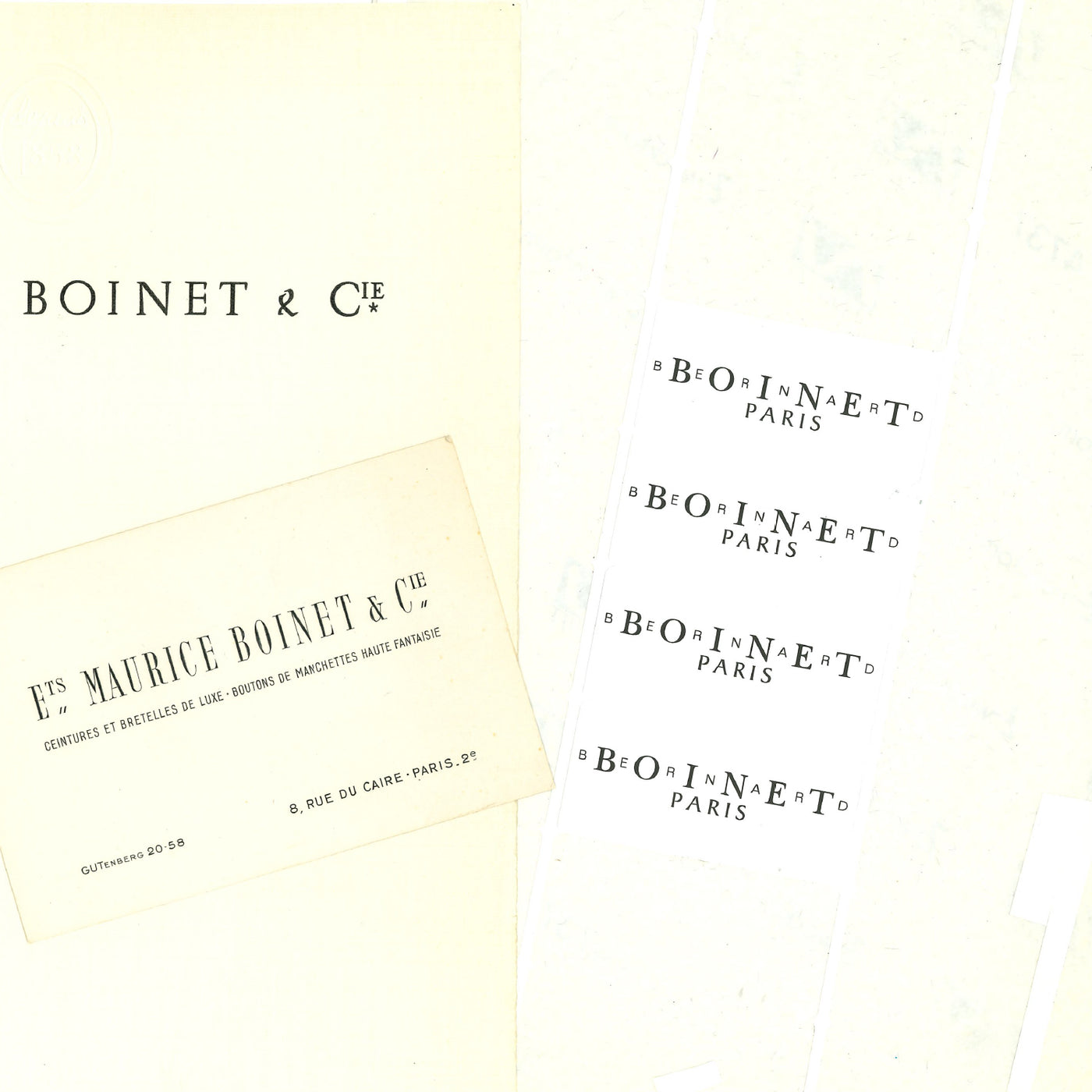
Maison Boinet's story began in 1858, when Ernest Beaumert, a fashion and accessory enthusiast, started up his mother-of-pearl and ivory button business, laying the foundations for what would later become Maison Boinet. During France's Second Empire period, which saw the emergence of haute couture and department stores, the Beaumert atelier's creations adorned the outfits of society's most fashionable people, quietly becoming a fixture of modern French fashion's early days.
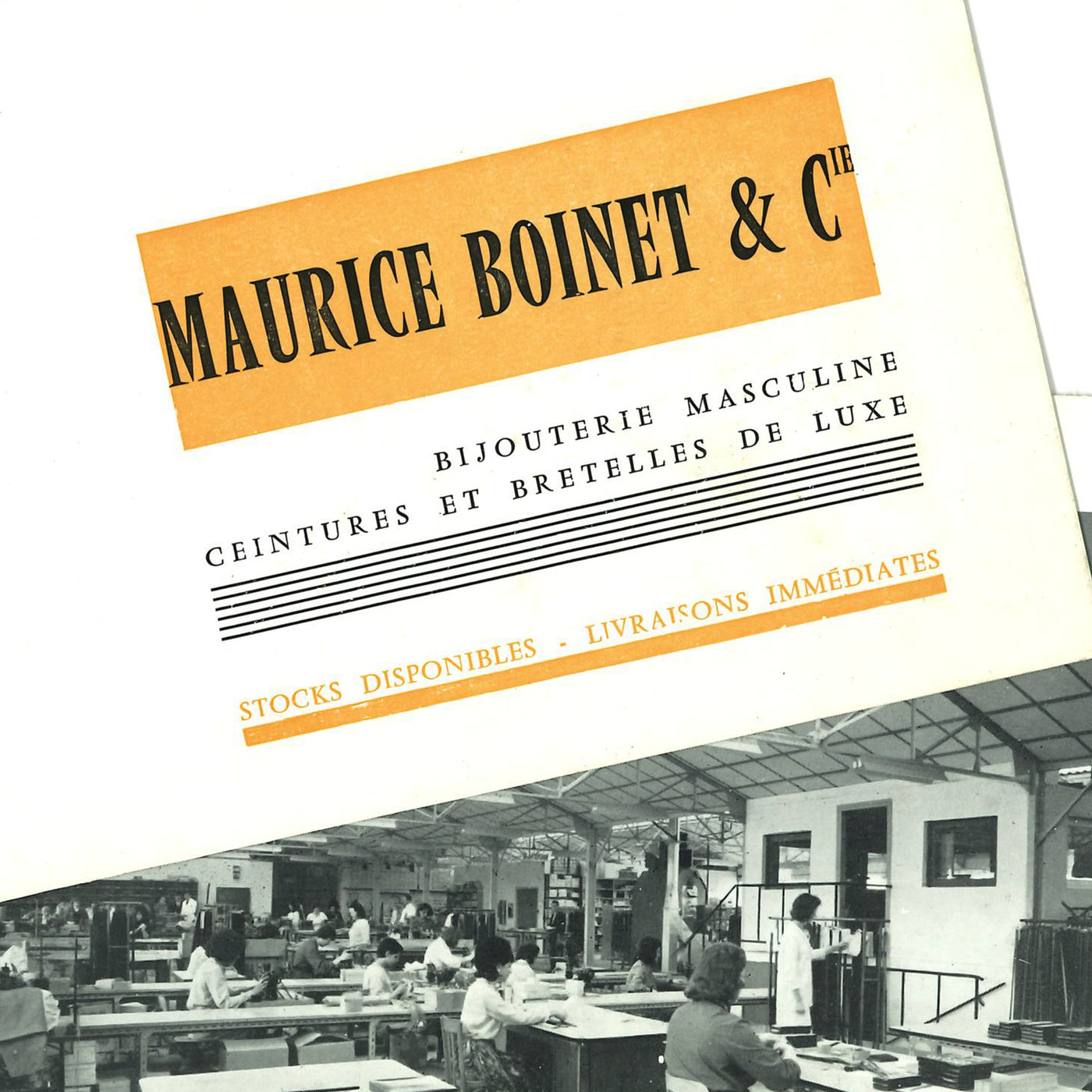
In 1931, Maurice Boinet expanded the family business, introducing the production of braces and belts. This would eventually become the core focus of the Maison's operations. At a time when fashion was evolving with the arrival of zips, Maurice Boinet modernised his workshops to facilitate the manufacturing of high-quality leather accessories. Maison Boinet's belts and braces soon established themselves as benchmarks of style and robustness, cementing the Maison's reputation for decades to come.
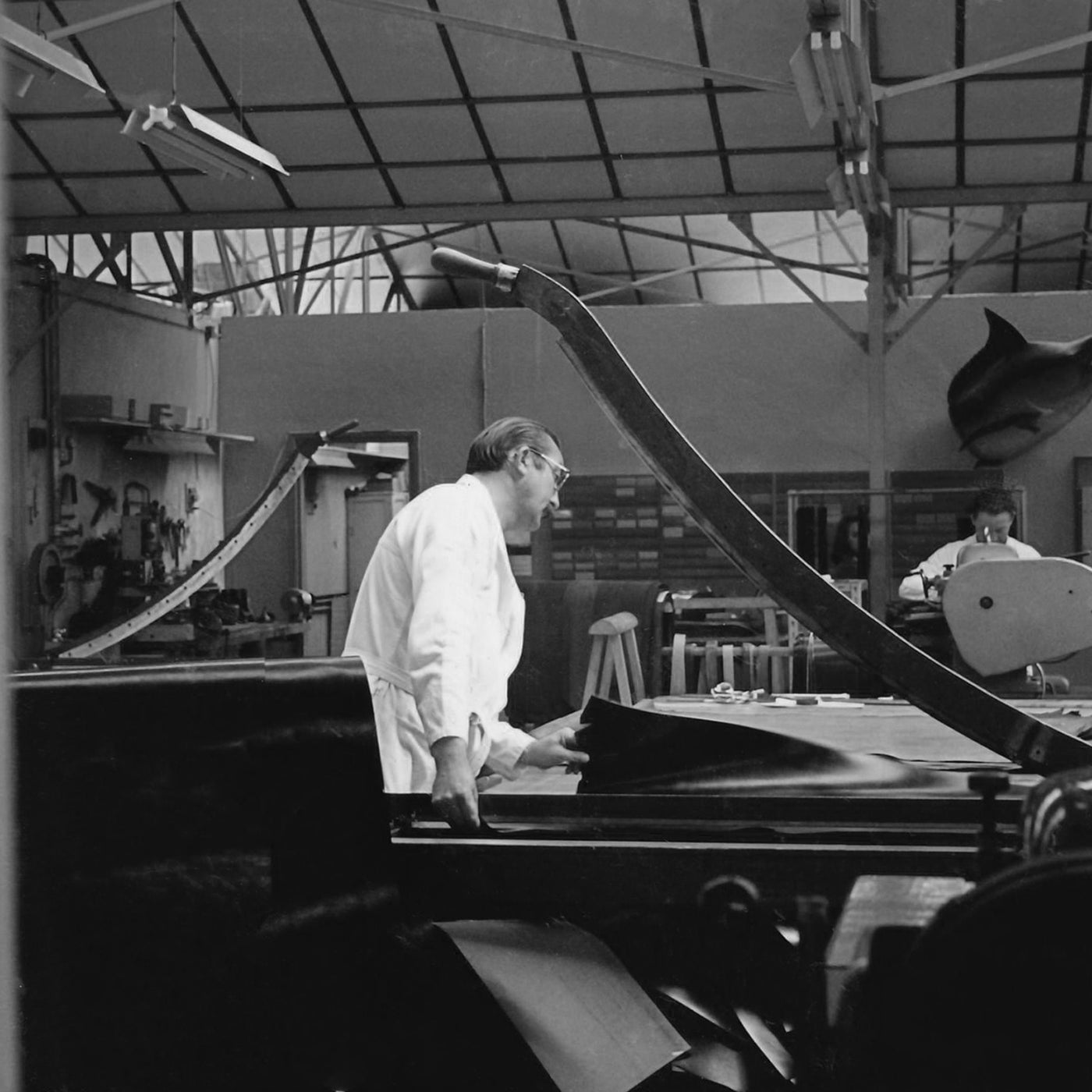
The early 1950s marked a new turning point for Maison Boinet. The brand took advantage of its leather knowledge and high-quality products to dedicate itself entirely to creating premium belts, forging partnerships with France's major fashion houses.
With its expertise and keen eye for detail, Maison Boinet became a key player in the industry, recognised by luxury fashion houses, which would subcontract it to create their leather accessories. As a preferred supplier, Maison Boinet rode the wave of the burgeoning prêt-à-porter movement, gradually boosting its status and profile.
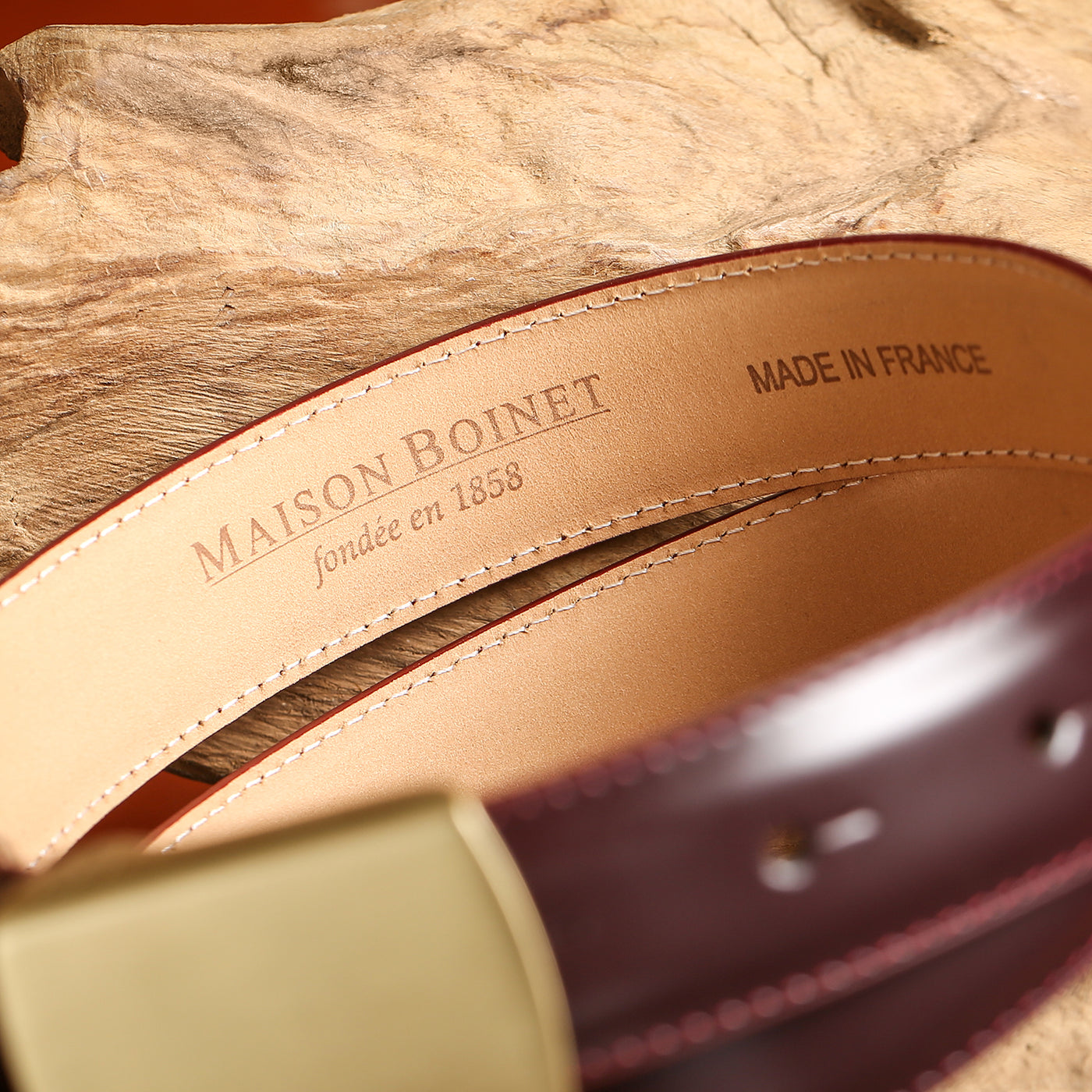
Maison Boinet faced a rockier road in the late 1990s. Bought by Dominique de Vigin in 2005, the company and the production of its collections were, several years later, entrusted to Bruno Jourd’hui, the Maison's general manager and artistic director.
Driven by a desire to break the belt mould, Bruno Jourd’hui designed belts that were no longer mere accessories, but which accentuated waistlines, shaped figures and defined a look in a single move. With women's versions now also available alongside the men's, Maison Boinet's creations under his direction epitomised a boldness that was reflected in the colours and in the quality of the materials and finishes, displaying fresh new expertise. This evolution opened the door to the international stage, with the Maison successfully expanding into markets such as the United States and Japan.
In 2014, Maison Boinet was named a Company of Living Heritage ('Entreprise du Patrimoine Vivant' (EPV), a distinction awarded by the French government to recognise companies demonstrating excellence in industrial and artisanal skill and craft.
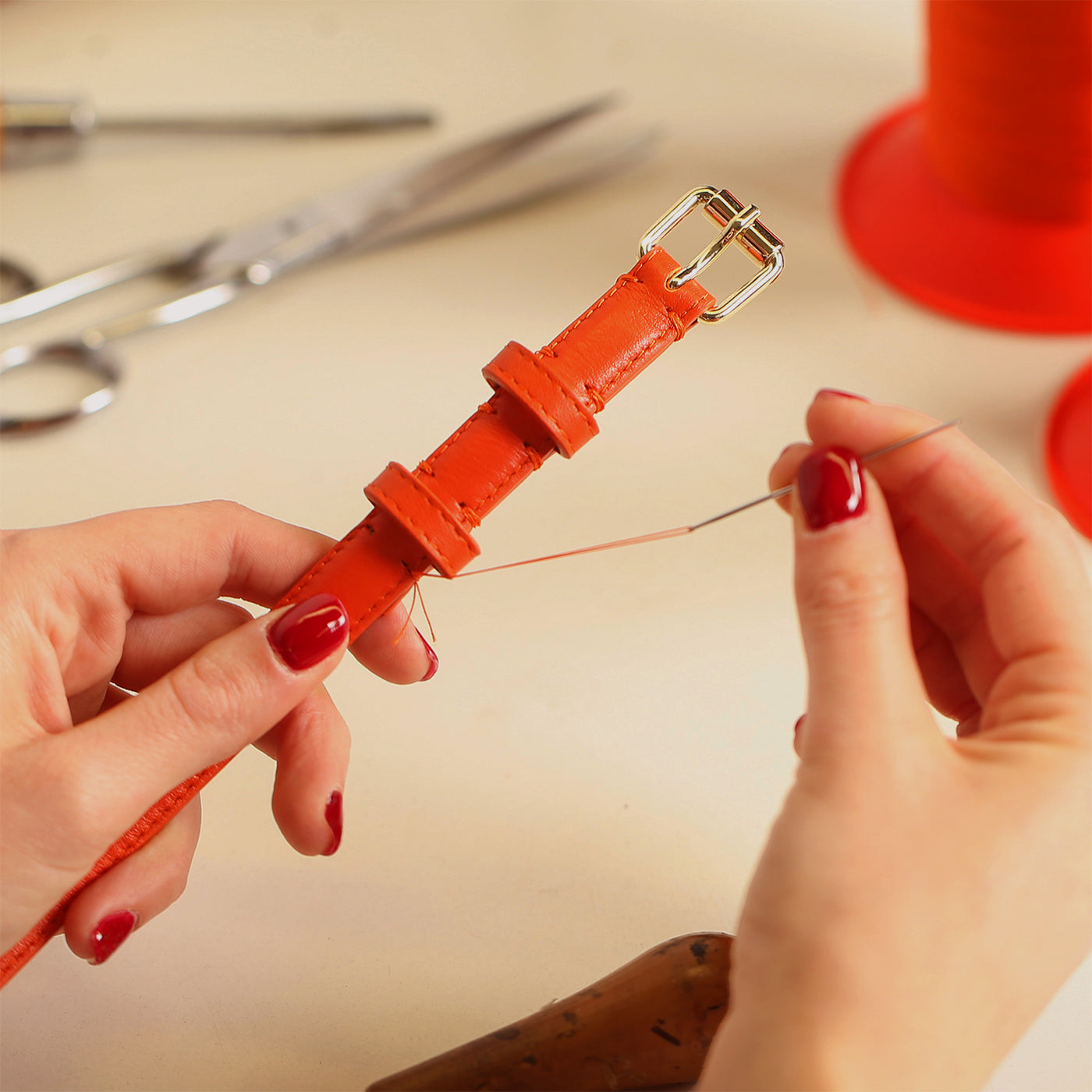
In 2023, Maison Boinet joined Enowe Excellence, a group of French companies dedicated to exceptional craftsmanship and excellence in expertise. This move marked a new phase in the Maison's journey, reinforcing its commitment to quality craftsmanship and innovation. By joining Enowe Excellence, Maison Boinet has become part of an ambitious project aimed at promoting French luxury at an international level, while continuing to create exquisite belts that blend tradition with modernity and sophistication.
Combining its expertise with a modern vision of luxury, Maison
Boinet has today established itself as a global benchmark for
exquisitely crafted belts, epitomising French sophistcation and
style.

